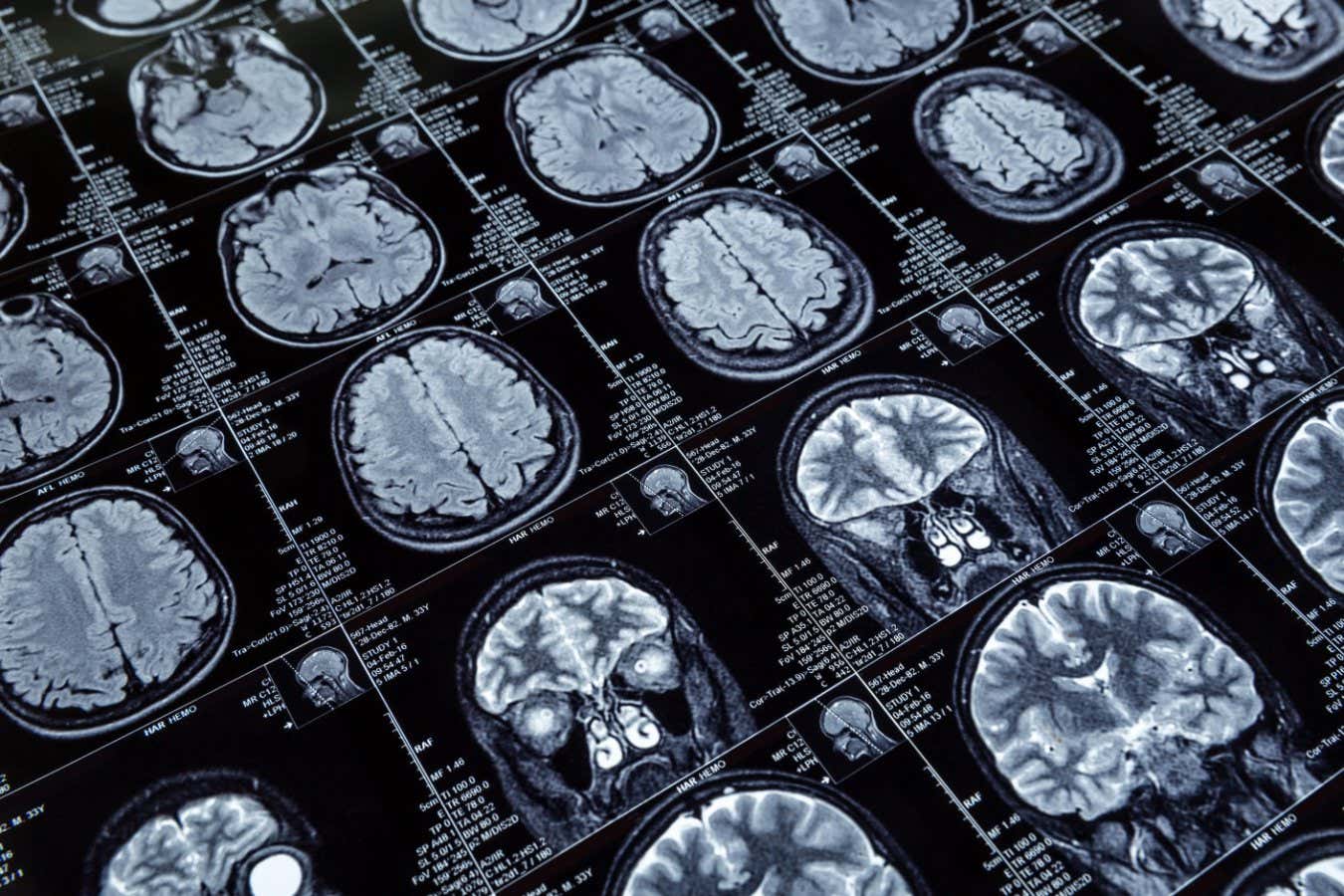The extent to which men’s and women’s brains differ has been a contentious debate. Now an AI can distinguish between male and female brain scans with around 90 per cent accuracy
By Clare Wilson
19 February 2024
Men’s brains tend to be larger than women’s, which makes them difficult to compare
Sergiy Tryapitsyn / Alamy
Are men’s and women’s brains all that different? A new way of investigating this question has concluded that they are – but it takes artificial intelligence (AI) to distinguish between them.
The question of whether we can measure differences between men’s and women’s brains has long been contentious, with previous research coming up with contradictory results.
One problem is that men tend to have slightly larger brains than women, probably because they generally have larger bodies, and some previous studies that compared the size of different small regions of the brain failed to adjust for the overall brain volume. However, even doing so hasn’t previously resulted in clear-cut findings. “Once you correct for brain size, the results have been quite variable,” says Vinod Menon at Stanford University in California.
Advertisement
New evidence finally reveals how male and female brains really differ
Research is cutting through historical discrimination and gender politics to get to the truth about differences between the brains of men and women
To tackle the question in a different way, Menon’s team used a relatively new method called dynamic functional connectivity fMRI. This involves recording people’s brain activity while they lie in a functional MRI scanner and tracking changes in how different regions’ activity varies in sync with one another.
The researchers designed an AI to analyse such brain scanning data, which they trained on the results from about 1000 young adults from an existing US database called the Human Connectome Project, telling the AI which individuals were men and which were women. In this analysis, the brain was divided into 246 different areas.
